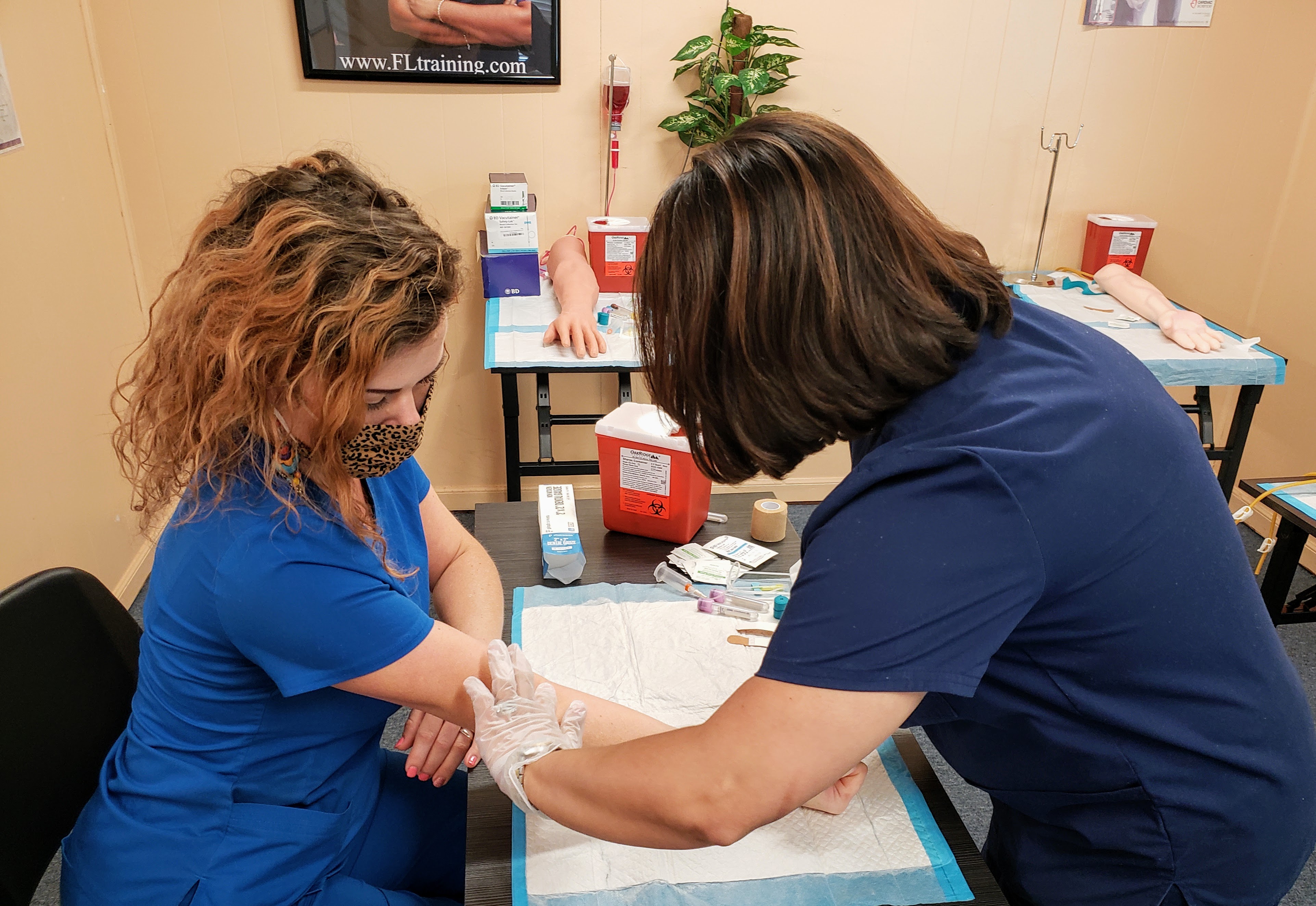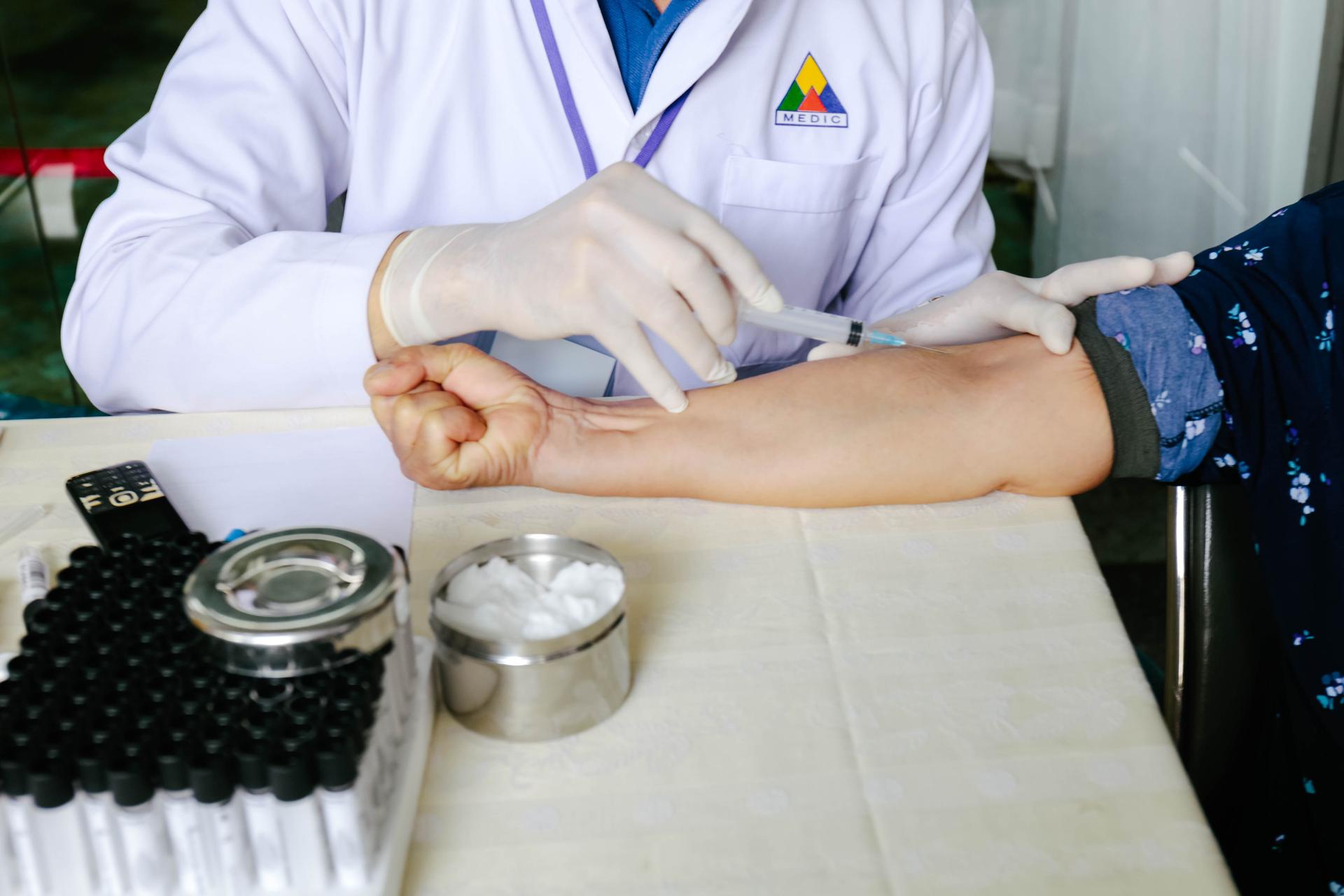Everything about Northeast Medical Institute - New Haven Campus Phlebotomy Course & Cna Class
Everything about Northeast Medical Institute - New Haven Campus Phlebotomy Course & Cna Class
Blog Article
The 15-Second Trick For Northeast Medical Institute - New Haven Campus Phlebotomy Course & Cna Class
Table of ContentsNot known Incorrect Statements About Northeast Medical Institute - New Haven Campus Phlebotomy Course & Cna Class Some Of Northeast Medical Institute - New Haven Campus Phlebotomy Course & Cna ClassNortheast Medical Institute - New Haven Campus Phlebotomy Course & Cna Class Things To Know Before You Get ThisOur Northeast Medical Institute - New Haven Campus Phlebotomy Course & Cna Class IdeasHow Northeast Medical Institute - New Haven Campus Phlebotomy Course & Cna Class can Save You Time, Stress, and Money.Northeast Medical Institute - New Haven Campus Phlebotomy Course & Cna Class Can Be Fun For Anyone
The usage of such devices need to be gone along with by various other infection avoidance and control practices, and training in their use.For settings with low sources, price is a driving variable in purchase of safety-engineered tools - Phlebotomy Courses. Where safety-engineered gadgets are not available, experienced use a needle and syringe is acceptable. Accidental direct exposure and certain information concerning an event need to be taped in a register. Assistance solutions ought to be advertised for those who undergo unintended direct exposure.
labelling); transport problems; interpretation of results for medical monitoring. In an outpatient division or center, supply a dedicated phlebotomy cubicle containing: a tidy surface area with 2 chairs (one for the phlebotomist and the other for the patient); a hand clean basin with soap, running water and paper towels; alcohol hand rub. In the blood-sampling area for an outpatient department or facility, give a comfortable reclining couch with an arm rest.
What Does Northeast Medical Institute - New Haven Campus Phlebotomy Course & Cna Class Mean?
Make sure that the signs for blood tasting are clearly defined, either in a written method or in documented instructions (e.g. in a laboratory form). Accumulate all the equipment needed for the treatment and location it within safe and easy reach on a tray or cart, making certain that all the items are clearly noticeable.
Present on your own to the client, and ask the person to mention their complete name. Inspect that the research laboratory form matches the patient's identification (i.e. match the patient's information with the research laboratory form, to guarantee exact identification).
Make the client comfortable in a supine placement (when possible). Area a tidy paper or towel under the client's arm. Go over the examination to be carried out (see Annex F) and get verbal consent. The individual has a right to decline an examination at any type of time before the blood tasting, so it is very important to guarantee that the person has actually recognized the treatment.
5 Easy Facts About Northeast Medical Institute - New Haven Campus Phlebotomy Course & Cna Class Explained
Extend the person's arm and examine the antecubital fossa or lower arm. Situate a blood vessel of a good size that shows up, straight and clear. The diagram in Section 2.3, reveals typical placements of the vessels, however several variations are feasible. The typical cubital capillary exists between muscular tissues and is usually one of the most very easy to puncture.
DO NOT insert the needle where capillaries are drawing away, due to the fact that this boosts the opportunity of a haematoma. Situating the capillary will certainly help in figuring out the correct size of needle.
Haemolysis, contamination and presence of intravenous liquid and medicine can all alter the results (39. Nursing staff and physicians might access main venous lines for specimens complying with procedures. Nevertheless, samplings from main lines bring a risk of contamination or erroneous research laboratory examination outcomes (https://www.metal-archives.com/users/northeastmed). It serves, yet not perfect, to attract blood samplings when very first presenting an in-dwelling venous device, prior to linking the cannula to the intravenous liquids.
The Of Northeast Medical Institute - New Haven Campus Phlebotomy Course & Cna Class
Permit the location to dry. Failure to enable sufficient call time increases the risk of contamination. DO NOT touch the cleansed website; in particular, DO NOT place a finger over the capillary to lead the shaft of the exposed needle. It the website is touched, repeat the sanitation. Perform venepuncture as follows.
Ask the individual to develop a clenched fist so the blood vessels are extra prominent. Enter the vein quickly at a 30 degree angle or much less, and remain to introduce the needle along the capillary at the simplest angle of entrance - PCT Classes. Once adequate blood has been gathered, release the tourniquet BEFORE taking out the needle
Northeast Medical Institute - New Haven Campus Phlebotomy Course & Cna Class - Questions
Withdraw the needle delicately and apply mild pressure to the More Info site with a tidy gauze or completely dry cotton-wool sphere. Ask the person to hold the gauze or cotton wool in position, with the arm extended and increased. Ask the patient NOT to flex the arm, because doing so creates a haematoma.

The Greatest Guide To Northeast Medical Institute - New Haven Campus Phlebotomy Course & Cna Class
Do not push the syringe bettor due to the fact that added pressure boosts the threat of haemolysis. Where possible, keep the tubes in a shelf and move the shelf towards you. Infuse downwards into the proper coloured stopper. DO NOT get rid of the stopper due to the fact that it will certainly launch the vacuum cleaner. If the example tube does not have a rubber stopper, infuse extremely slowly into the tube as lessening the stress and rate used to transfer the specimen reduces the threat of haemolysis.

Report this page